Lecture 2 Make Sense of Numbers and Project Economics
February 3, 2025
Photo by Gang He on the train to UNFCCC CoP15 conference, Dec 6, 2009.
NYC’s daily carbon dioxide emissions as one-tonne spheres
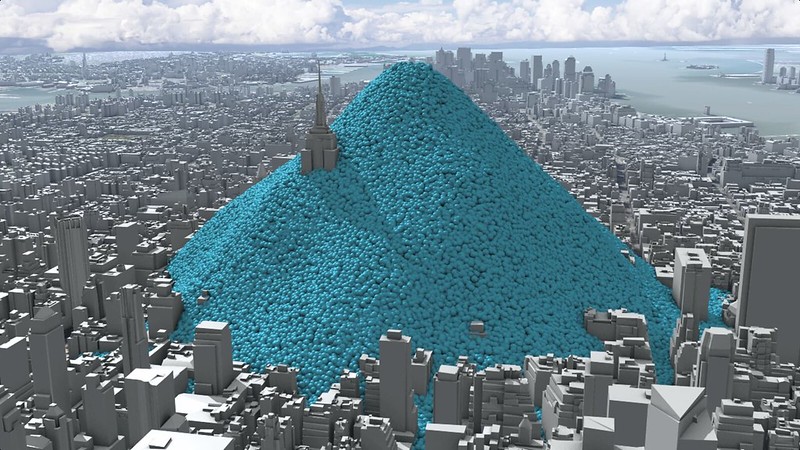
Source: Carbon Visuals
Climate stripes
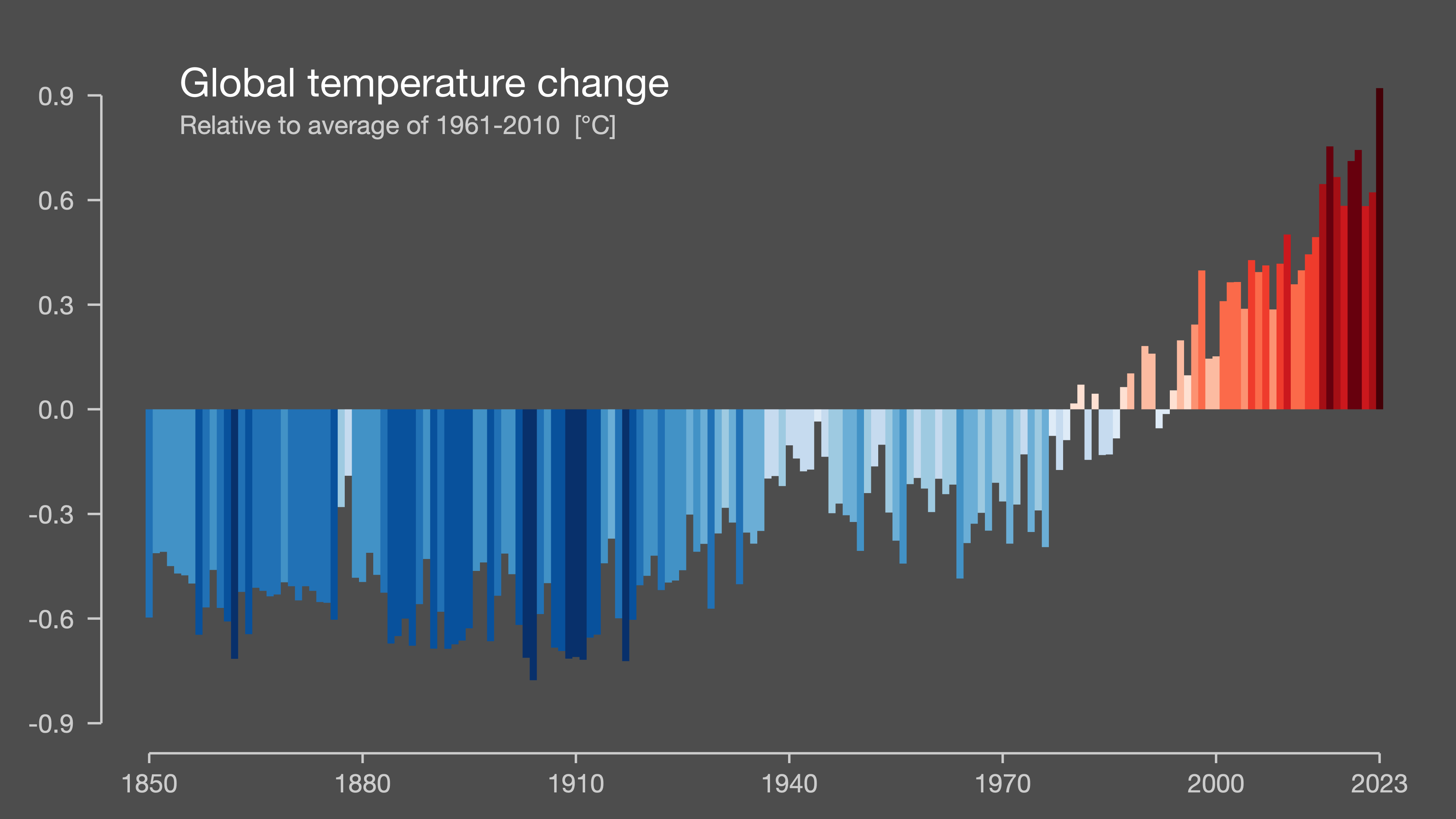
Source: Ed Hawkins
Carbon budget
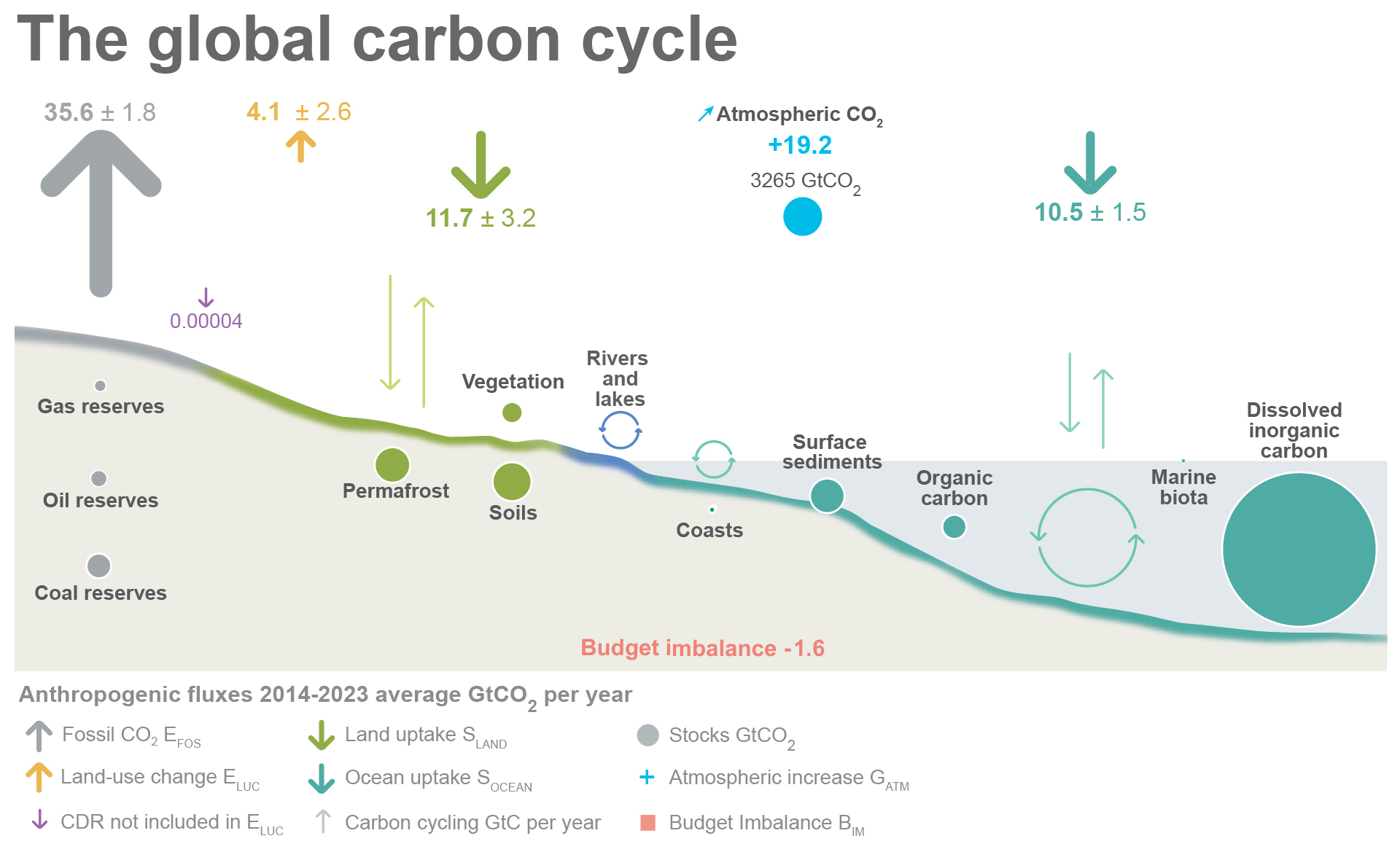
Source: Global Carbon Project
Emission and concentration
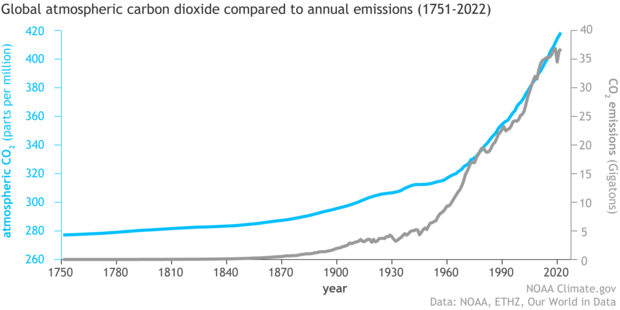
Source:Rebecca Lindsey, climate.gov
Get comfortable with units
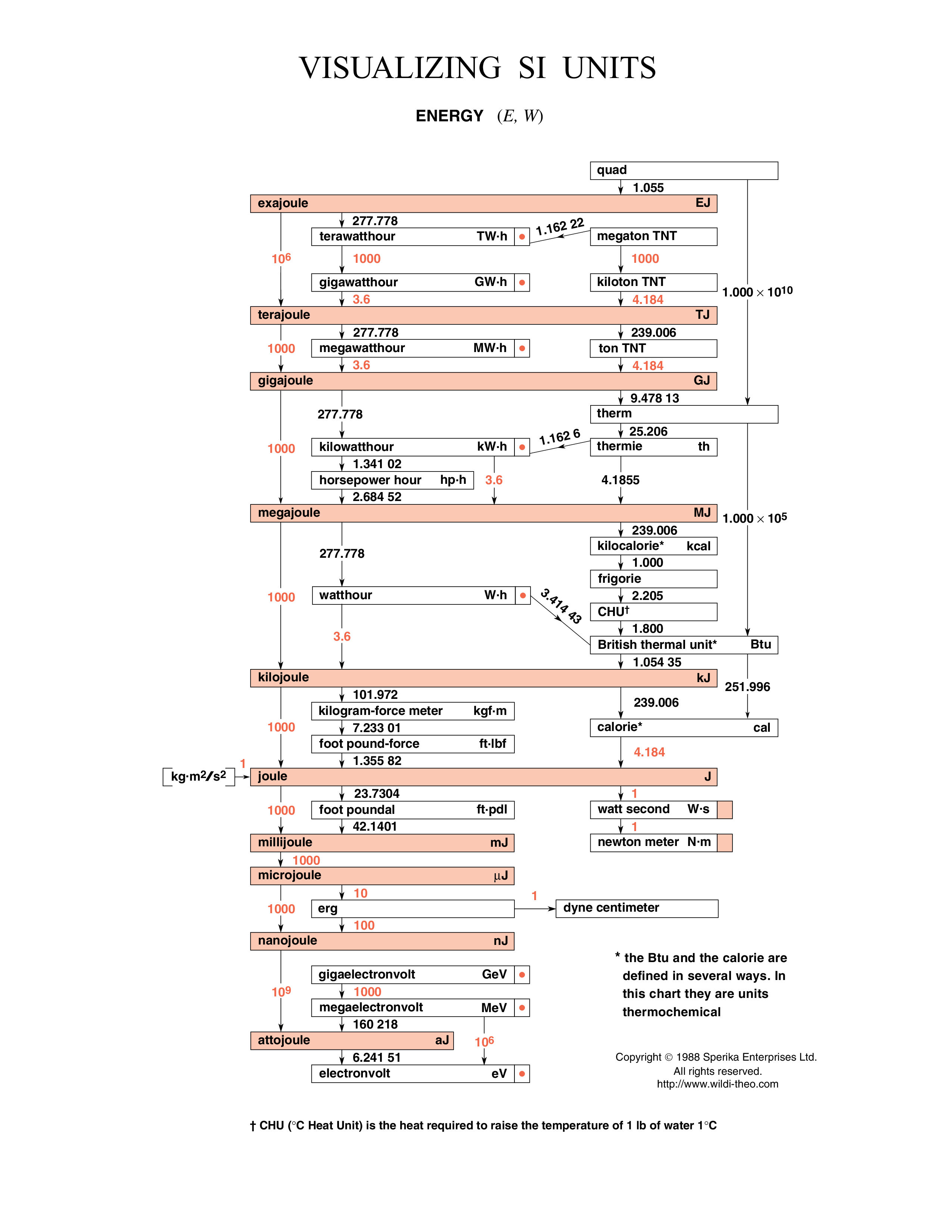
Source: MetricMethods
Scale of numbers
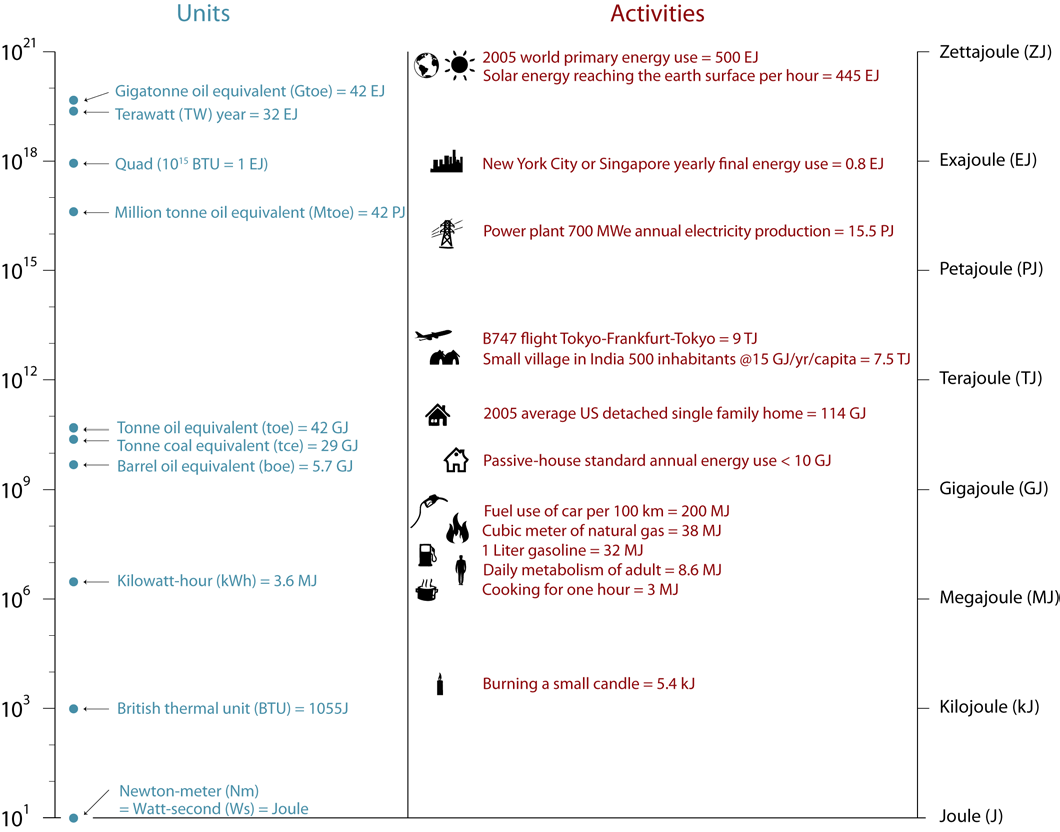
Source: IIASA, Energy Primier
Comparing the world’s energy resources
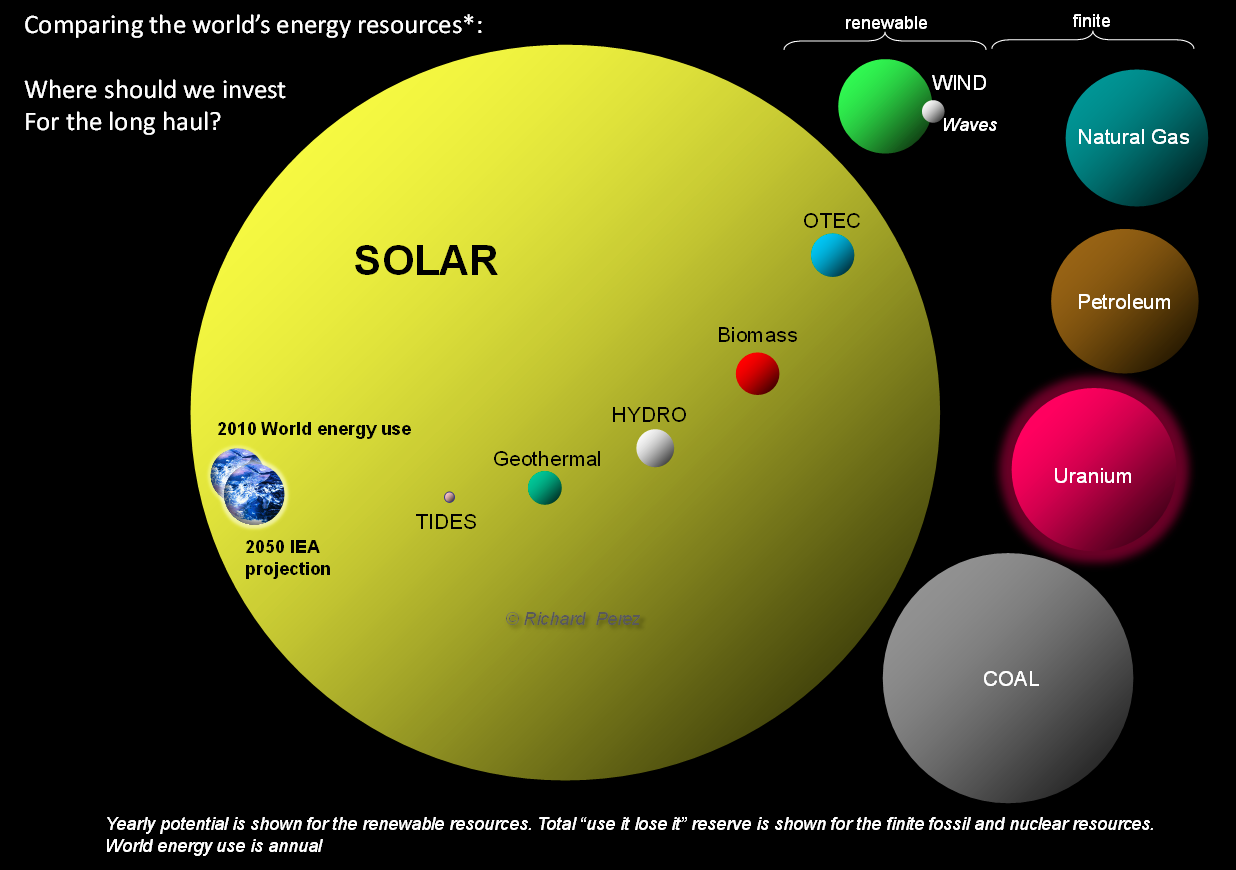
Source: Richard Perez
Energy stock and flow
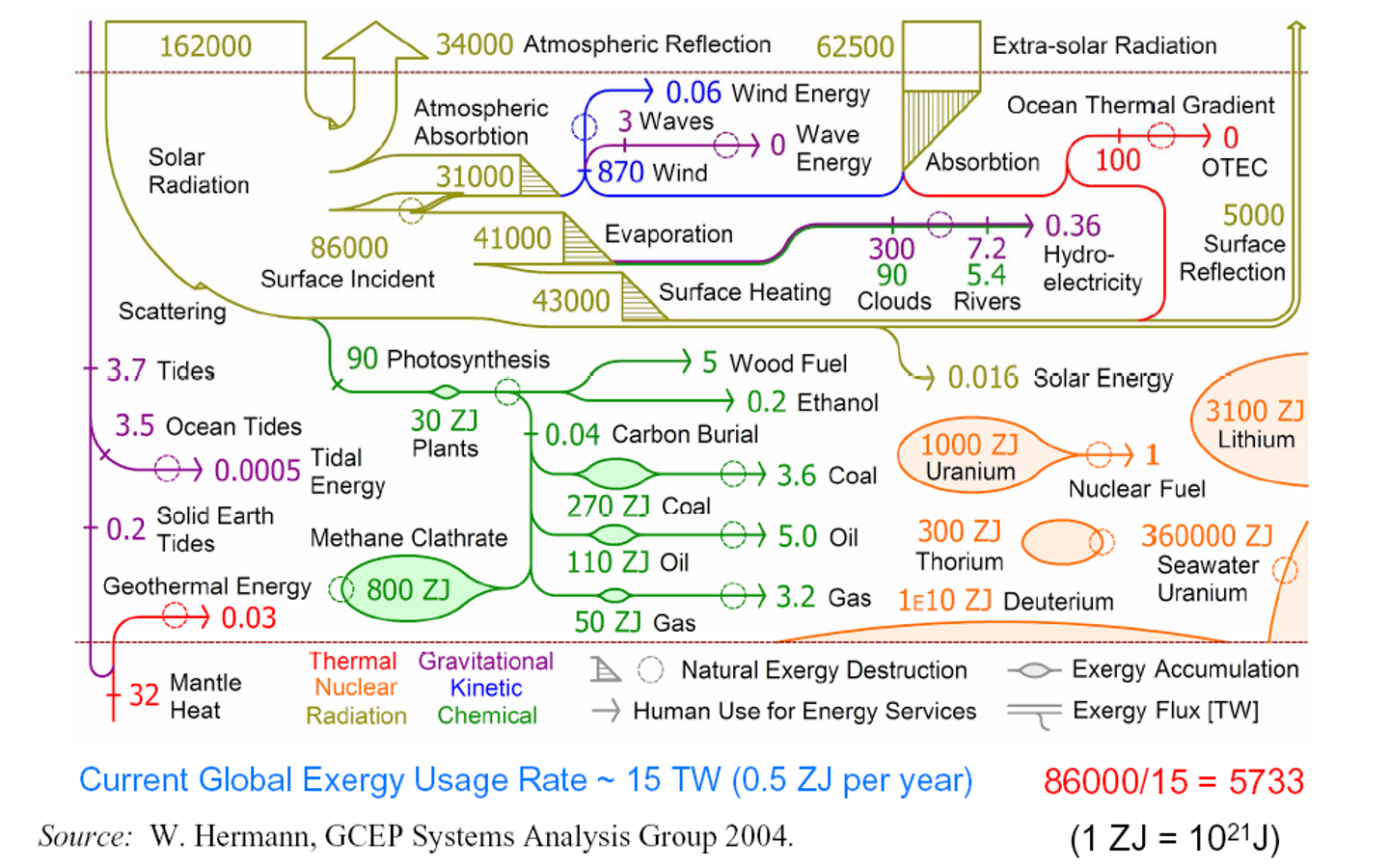
Source: Hermann (2006)
Energy vs. power
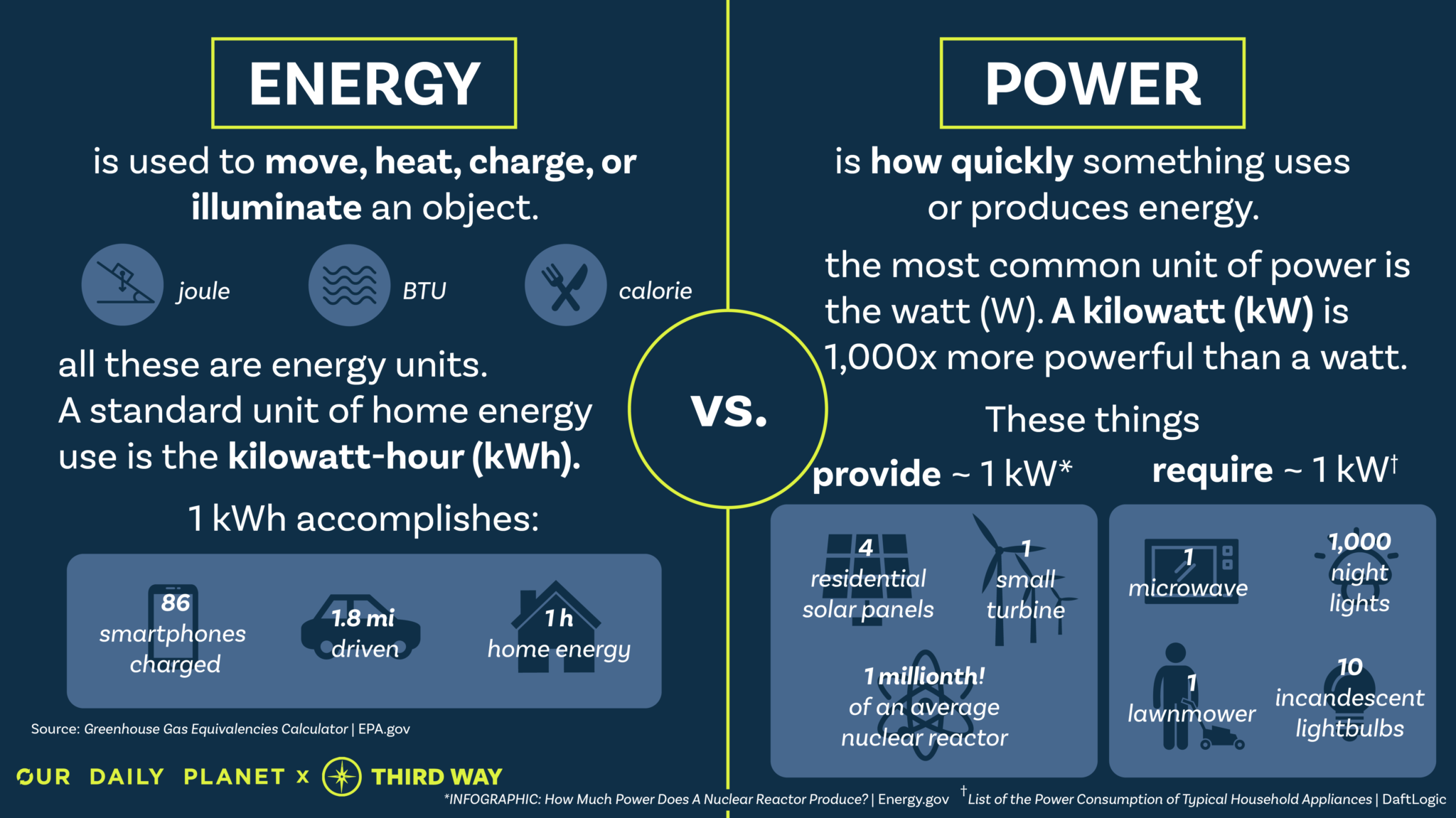
Source: ODP
Energy vs power
- Energy is the ability to do work. Energy is power integrated over time.
- Basic unit: joule = watt·second
- Power is the rate at which work is done, or energy is transmitted.
- Basic unit: watt = jourle/second
We need to know what we are talking about!
Back-of-the-envelope estimation
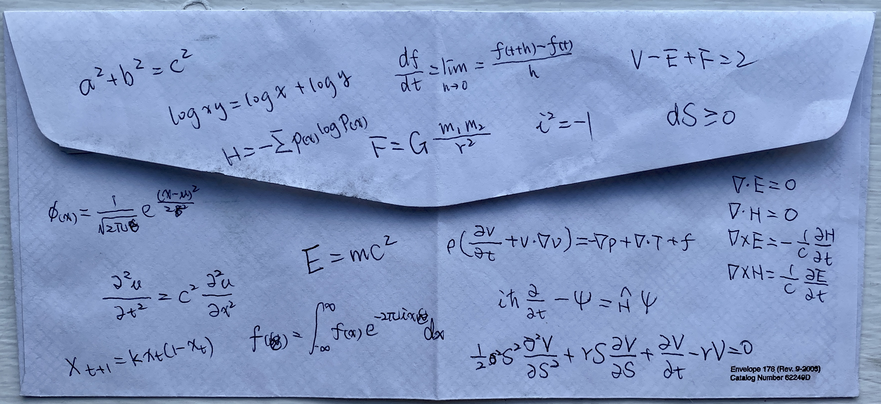
Source: Gang He
Art Rosenfeld
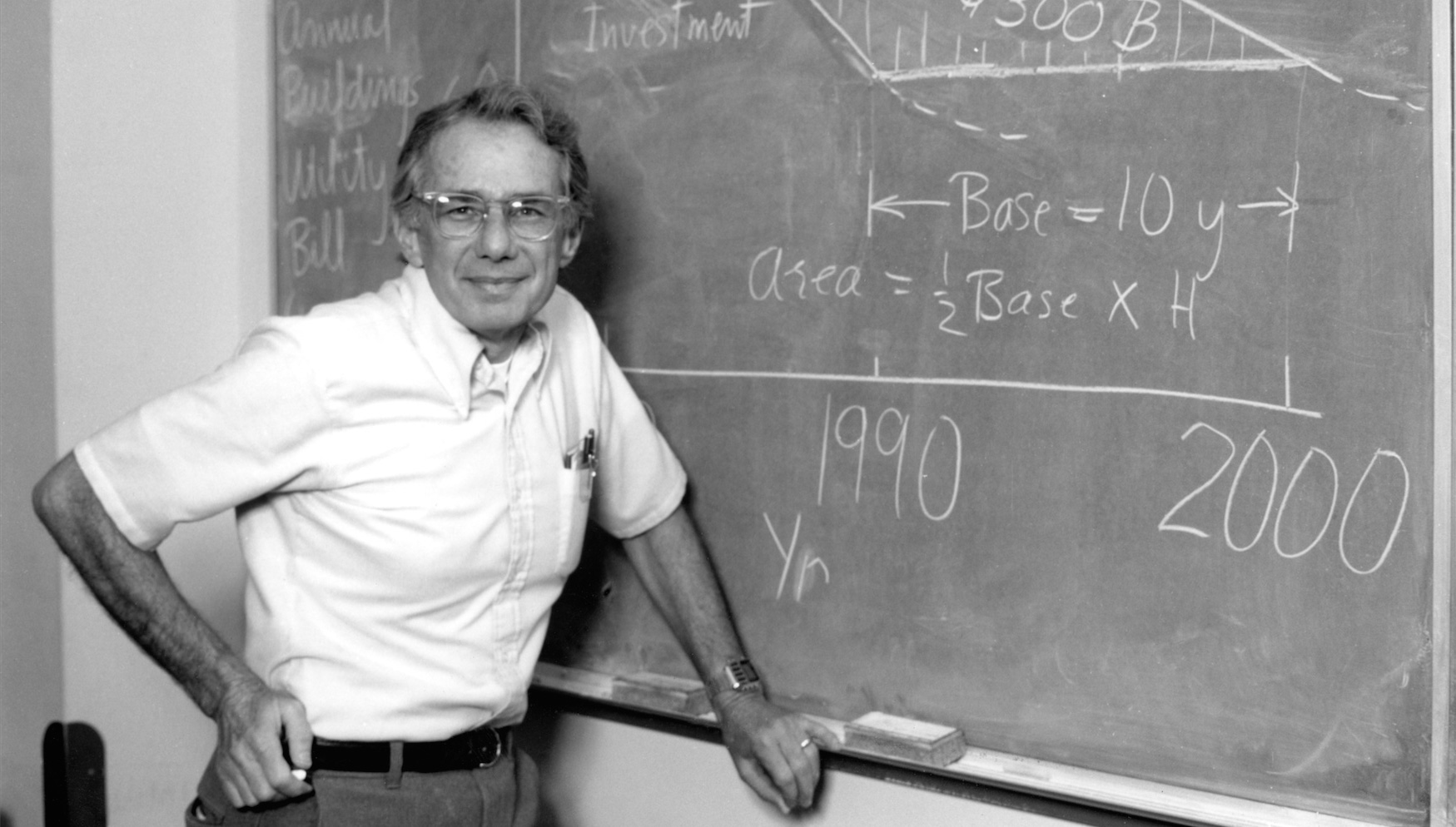
Source: LBL
Rosenfeld Effect
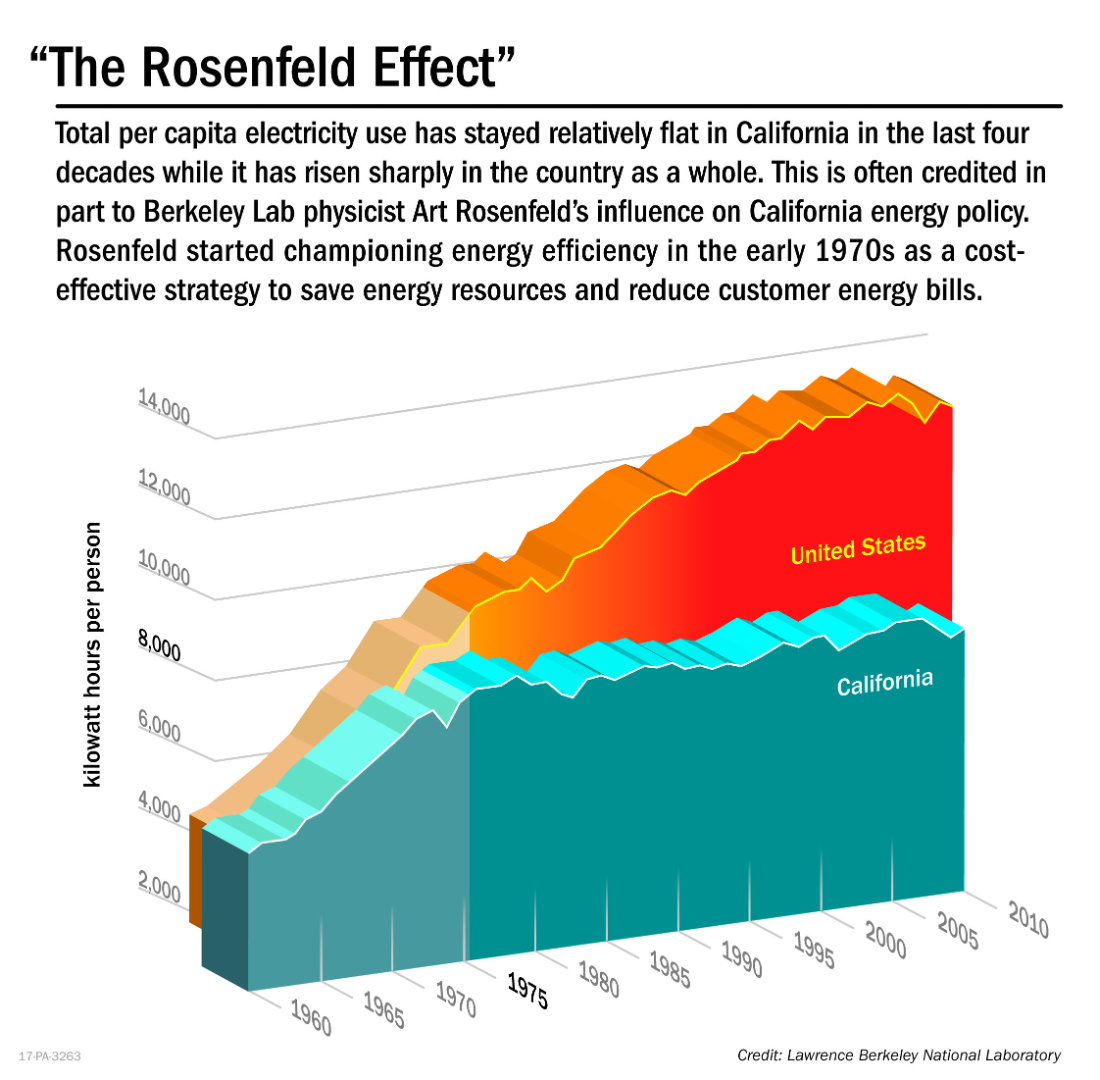
Comparing with the Three Gorges Dam
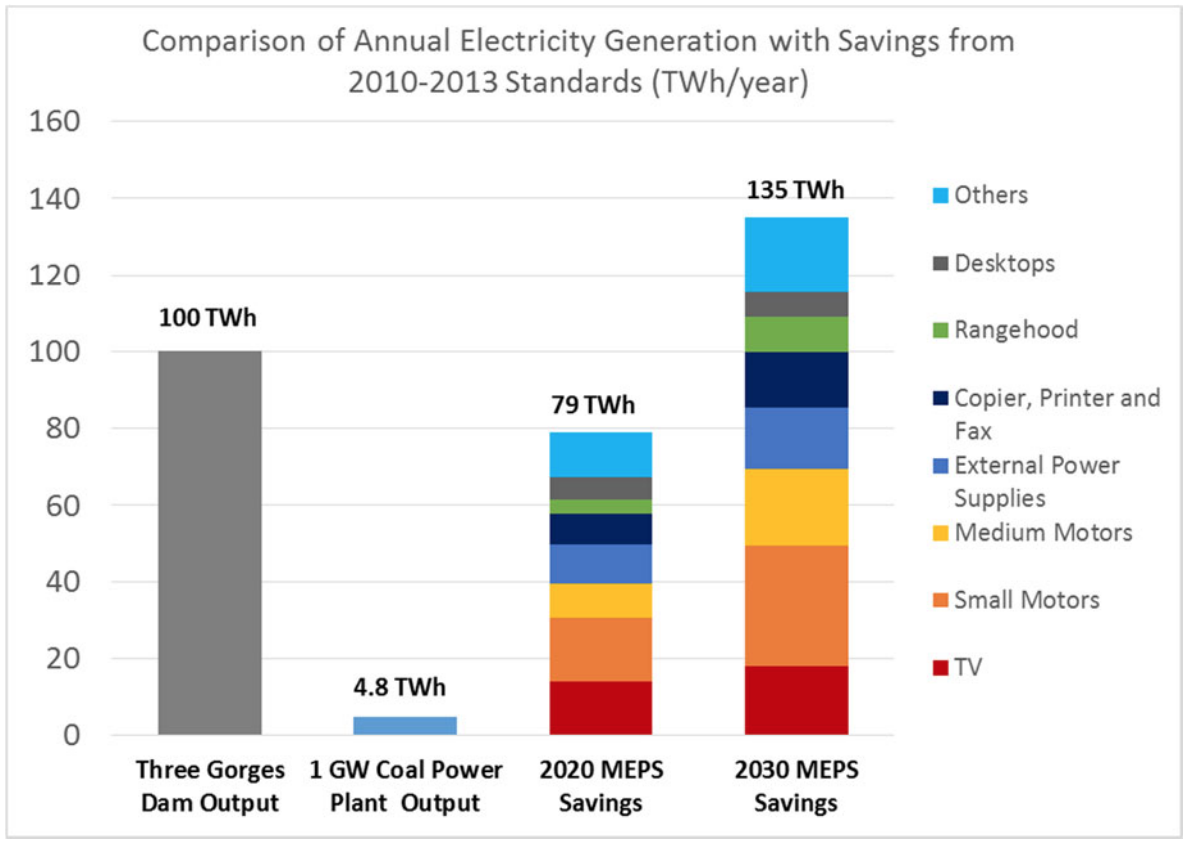
Source: Fridley et al. (2016)
Common sources of energy and climate data
Energy:
- IEA (OECD)
- EIA
- UN
- WB
- BP Statistical Review of World Energy
Climate:
- NASA
- NCAR
- EUCCI
- UNEP
- NOAA
Carbon:
- CDIAC (Carbon Dioxide Information Analysis Center)
- EDGAR (emissions database for global atmospheric research system)
- Carbon Budget Project
- Carbon Monitor
Source: Macknick (2011)
Data quality
- Availability
- Accessibility
- Credibility
Comparison, Validation, Verification
Use data tools
- API
- Packages
- Open-souce tools
Big data and AI era
- Big climate, earth, energy data available due to satellite, use-generated data, devices, sensors, smart meters
- Data driven approaches
Big data doesnot necessarily mean big picture
AI doesnot necessarily mean better insights
Project economics
- Simple payback
- Discounting
- Present/future value
- Uniform payments (annuities)
- Capital recovery factor
- Comparing technologies/costs (LCOE)
- Learning curve
- Market and technology drivers
Sample analytic questions
- What’s the LCOE of a new technology?
- When to retire a nuclear/coal power plant?
- Should I install rooftop solar or buy an EV?
- How long should the government subsidies heatpump?
- When can offshore wind achieve grid parity?
Time is money
- Money value changes in time: a dollar today worth more than a dollar tomorrow.
- When money is invested, its amount changes with the return.
- When money is transferred into assets, its value change due to depreciation and/or inflation.
- Discounted cash flow is a technique that allow us to evaluate values as they change over time.
Payback period
Simple payback: no discounting
Payback: with discounting
Capital Recovery Factor (CRF)
Ratio of a constant annunity to the present value of receiving that annuity for a given length of time.
Discounting
The power of discounting
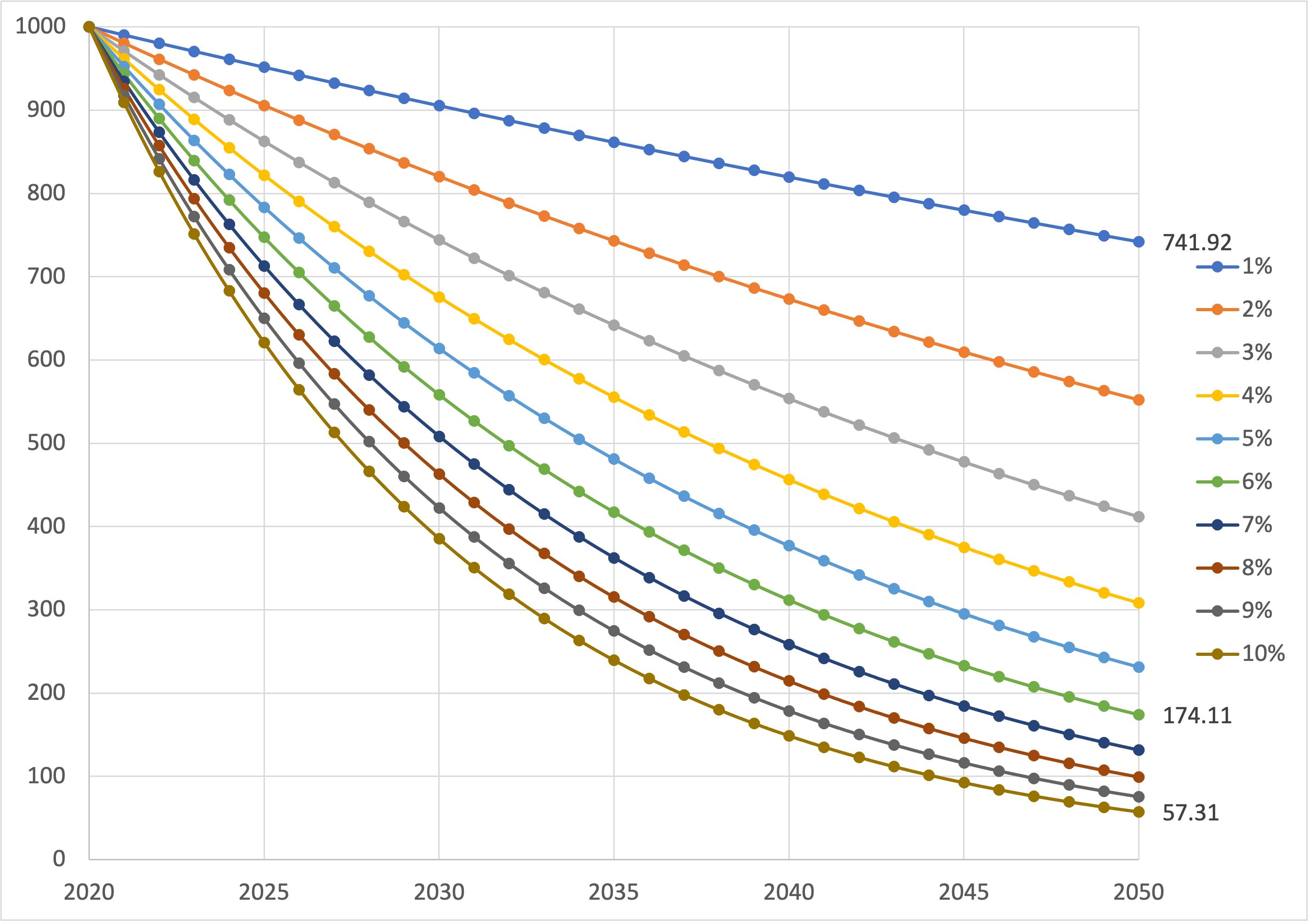
Source: Gang He, source data
Declining discounting
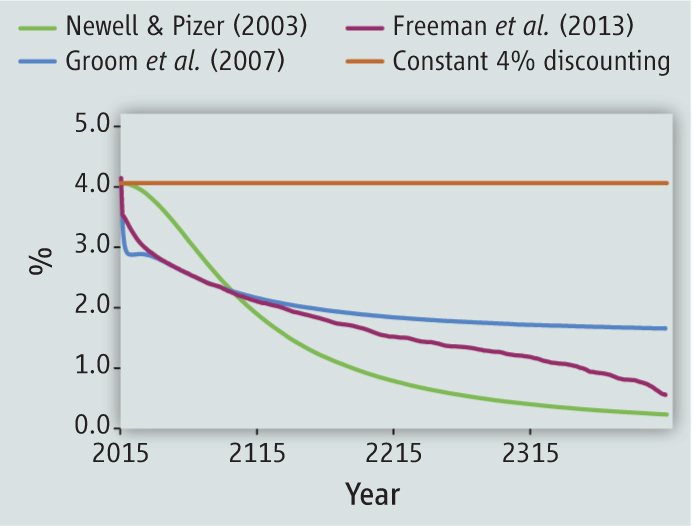
LCOE
I: Investment costs
M: Operation and maintaince costs
F: Fuel costs
Comparing LCOE
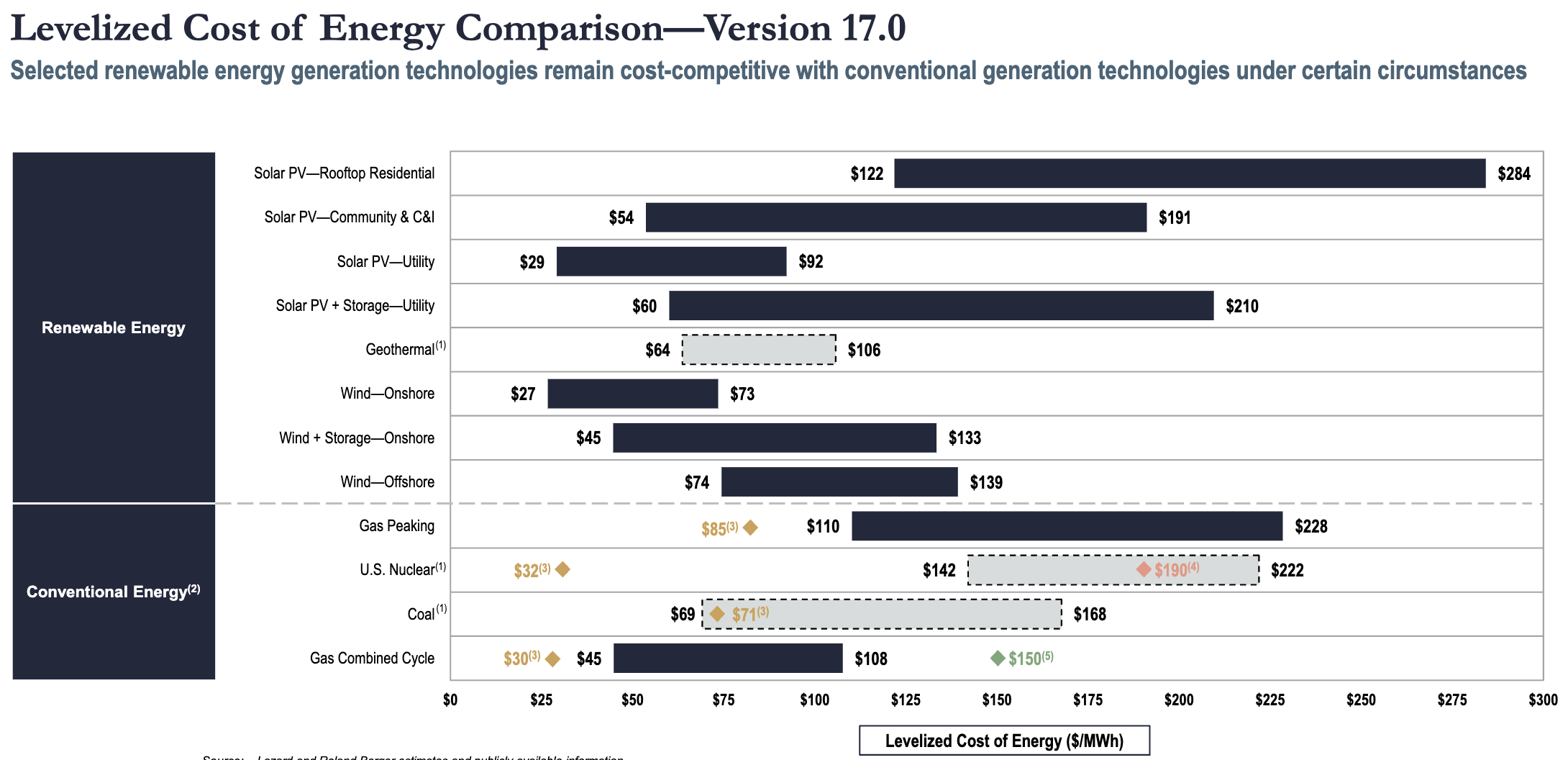
Source: Lazard’s 2024 LCOE+ report
Limitations of LCOE
- Fossil: Do not include other costs (e.g. enviromental, carbon, etc.)
- RE: Do not include integraton costs
- Focus on economics, do not include social cultural acceptance
Learning curve
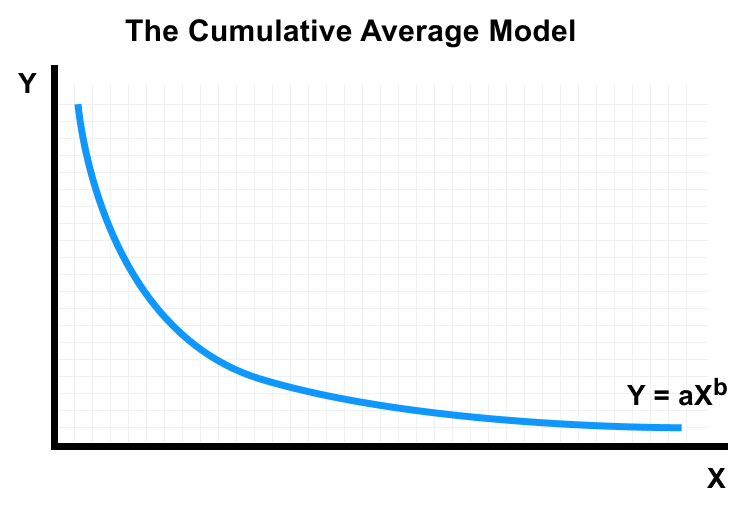
\(Y = aX^b\)
\(Pr=2^{b}\)
\(Lr=1-Pr=1-2^{b}\)
Y: Unit costs
a: Cost of first unit
X: Units
b: Slope of the learning curve
Pr: Progress ratio
Lr: Learing rate
Source: Yelle (1979)
Learning of differrent technologies
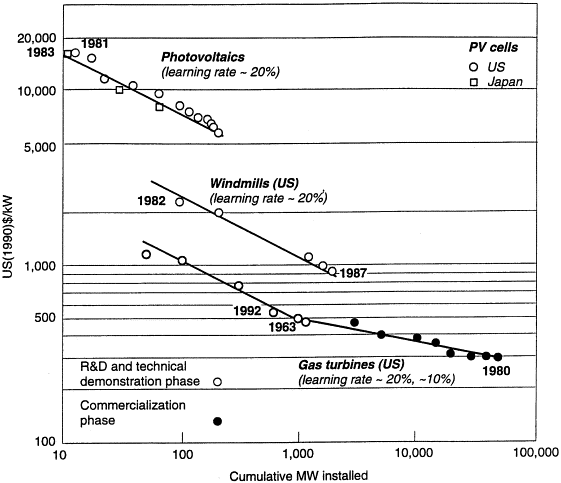
Source: Grübler, Nakićenović, and Victor (1999)
Drivers of learning
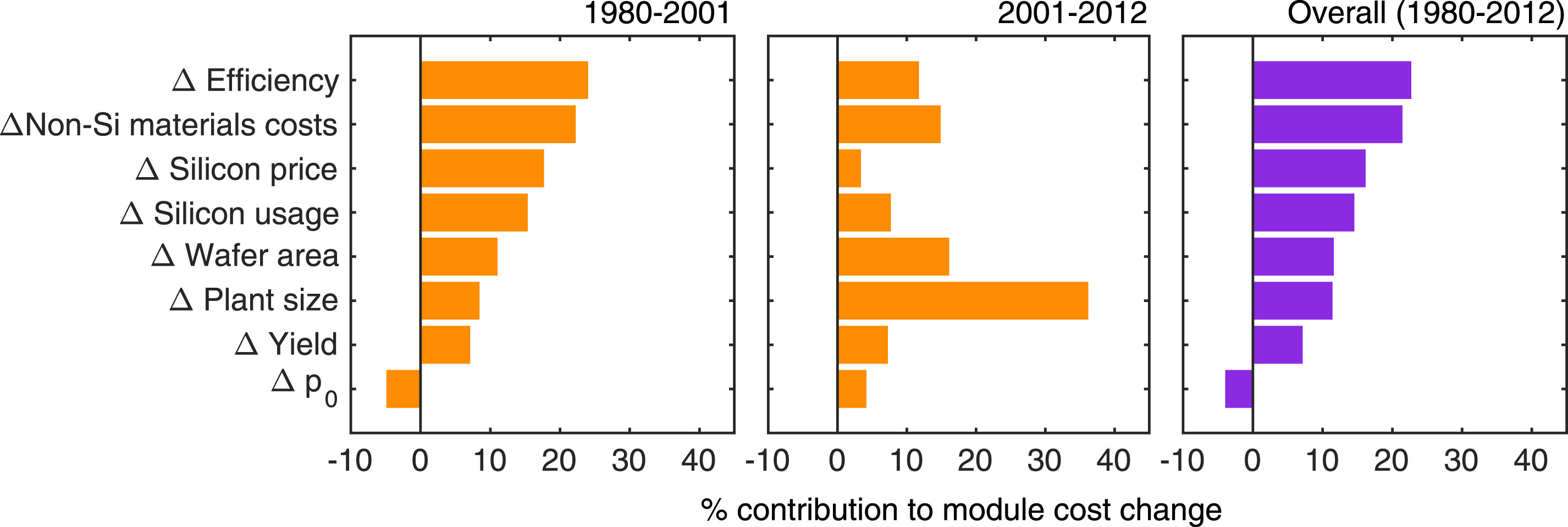
Source: Kavlak, McNerney, and Trancik (2018)
Source of learning
Learning by doing
- Economy of scale
- Economy of scope
Learning by researching
How renewables are getting cheap
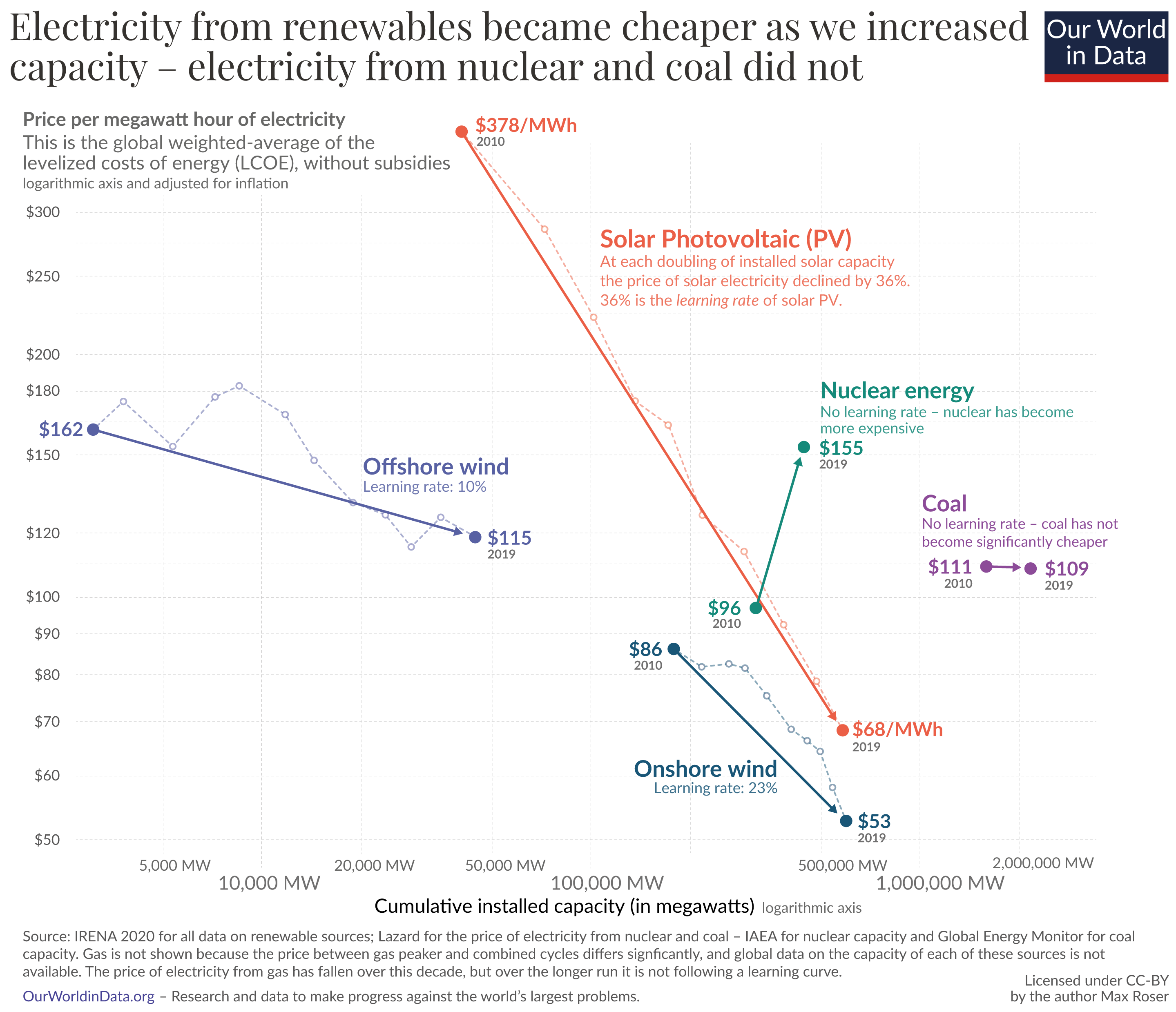
Source: Our World in Data
Why nuclear costs are going up?
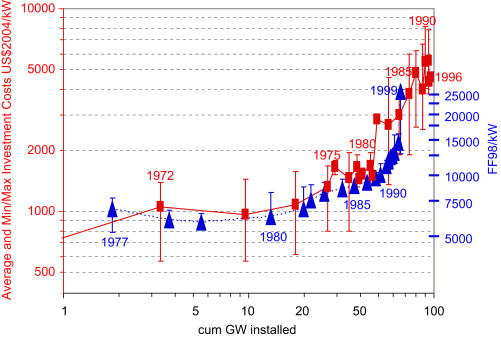
Source: Grubler (2010)
Role of global supply chain in PV
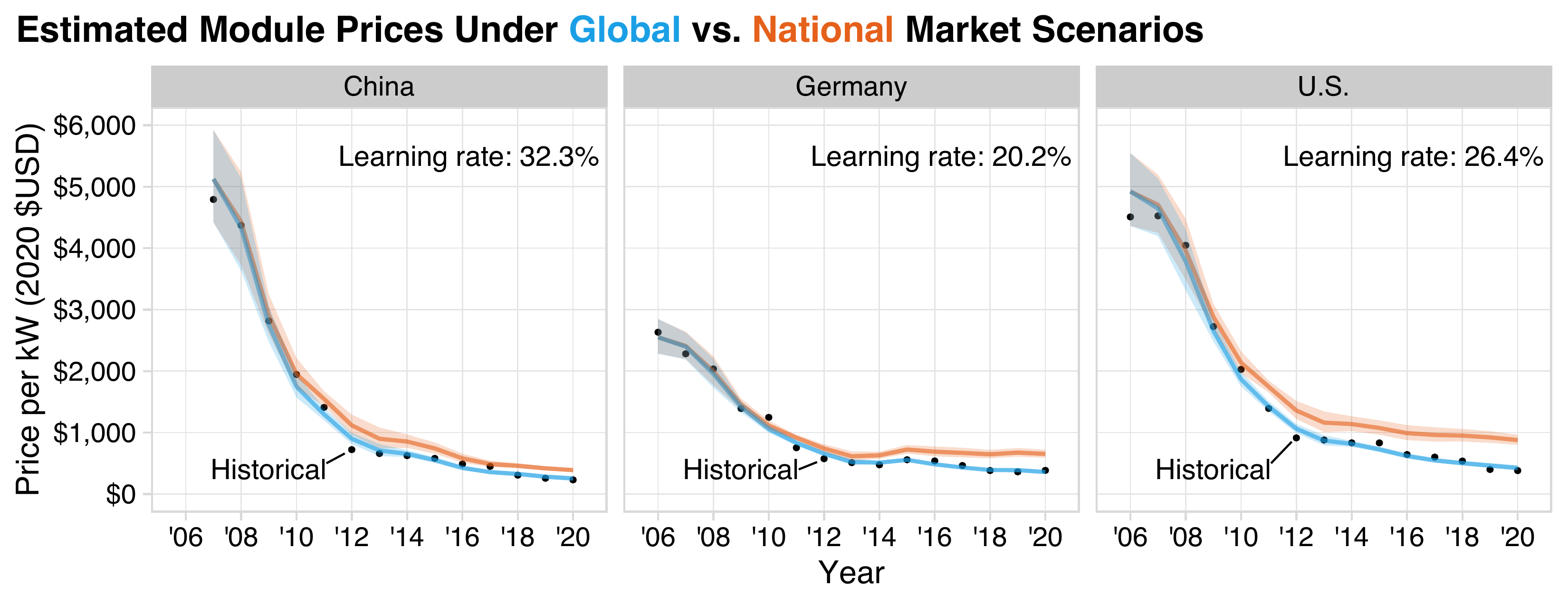
Source: Helveston, He, and Davidson (2022)
Summary
- Project economics is useful for basic cost-benefit analysis
- Getting the price (discounting) right
- Understanding technology dynamics will help to model future projections
- Aware of the limitations
Read more: Grübler, Nakićenović, and Victor (1999)